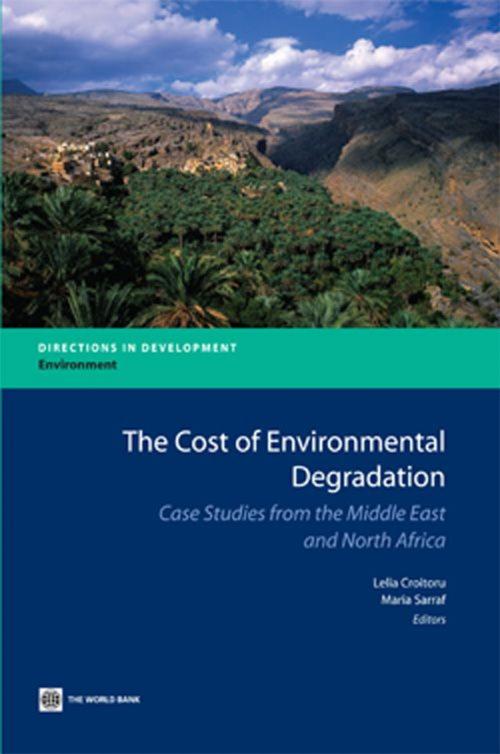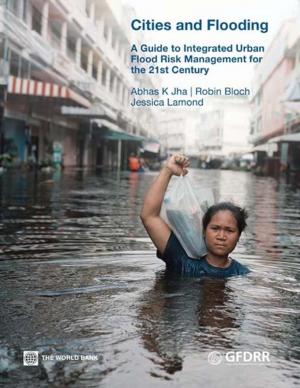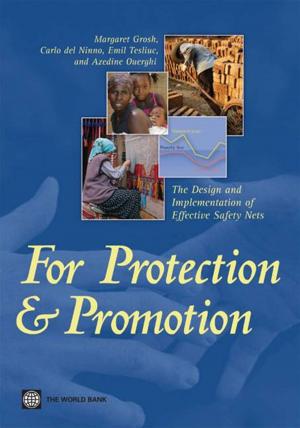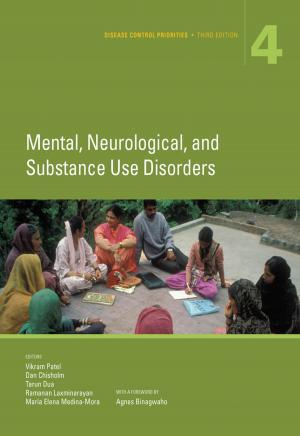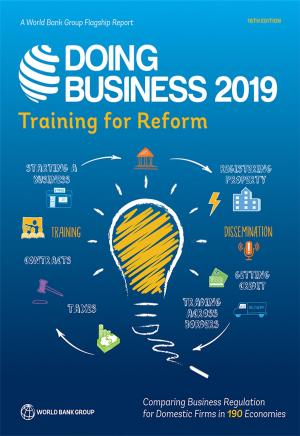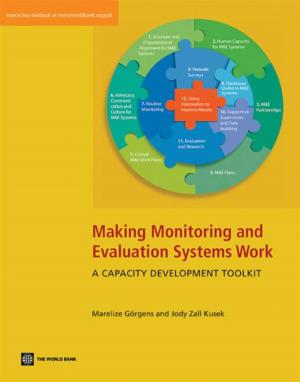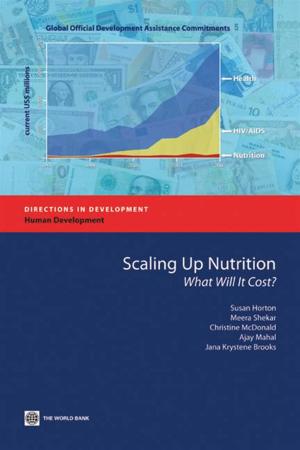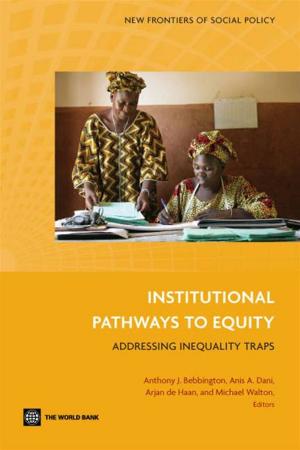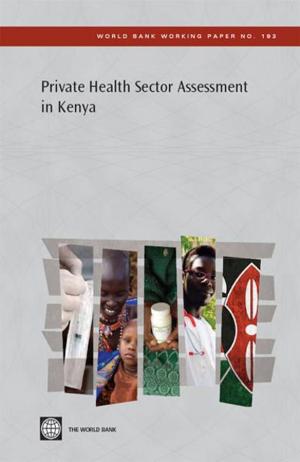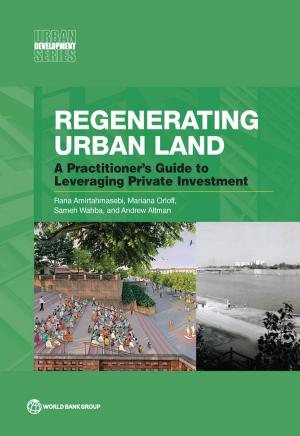The Cost Of Environmental Degradation: Case Studies From The Middle East And North Africa
Nonfiction, Social & Cultural Studies, Political Science, Government, Public Policy| Author: | Croitoru Lelia; Sarraf Maria | ISBN: | 9780821383964 |
| Publisher: | World Bank | Publication: | July 16, 2010 |
| Imprint: | Language: | English |
| Author: | Croitoru Lelia; Sarraf Maria |
| ISBN: | 9780821383964 |
| Publisher: | World Bank |
| Publication: | July 16, 2010 |
| Imprint: | |
| Language: | English |
How much is a cleaner environment worth? For policy makers, that question goes largely unanswered. It's not that the environment is seen as unimportant. It's simply much easier to compare the costs and benefits of tangible projects such as airports and electrical grids, than it is to weigh the merits of a landfill cleanup. Over the past decades, the World Bank has undertaken a systematic effort to put a monetary value on environmental degradation, which results sparked policy changes. This book brings together the best case studies of the Cost of Environmental Degradation undertaken in the Middle East and North Africa region and summarizes the major policy impacts at the national and regional levels.The case studies evaluate in monetary terms the annual damages caused by economic activities to natural resources and environment - water, forests, agricultural land, air quality, waste and coastal zone - and reflects the estimates as percentages of the countries' gross domestic product. It then captures the estimated values in a holistic picture and illuminates their concrete implications on policy, investments, and institutions for the selected countries and for the region as a whole.In addition to being a multi-nation effort, the book stands out by applying updated methods and techniques to estimate natural resource damages both in times of peace and of conflict. This is particularly relevant for the Middle East and North Africa, a region located at the crossroads of different cultures, continents, and religions.This book is primarily targeted at policy makers at the regional, national and local levels and to decision makers in government agencies, NGOs, and natural resource development institutions. It is suitable for use in training courses of decision makers working in environment, forests and water related fields. The book should also be of interest to advanced undergraduates, master's level students and undergraduates.
How much is a cleaner environment worth? For policy makers, that question goes largely unanswered. It's not that the environment is seen as unimportant. It's simply much easier to compare the costs and benefits of tangible projects such as airports and electrical grids, than it is to weigh the merits of a landfill cleanup. Over the past decades, the World Bank has undertaken a systematic effort to put a monetary value on environmental degradation, which results sparked policy changes. This book brings together the best case studies of the Cost of Environmental Degradation undertaken in the Middle East and North Africa region and summarizes the major policy impacts at the national and regional levels.The case studies evaluate in monetary terms the annual damages caused by economic activities to natural resources and environment - water, forests, agricultural land, air quality, waste and coastal zone - and reflects the estimates as percentages of the countries' gross domestic product. It then captures the estimated values in a holistic picture and illuminates their concrete implications on policy, investments, and institutions for the selected countries and for the region as a whole.In addition to being a multi-nation effort, the book stands out by applying updated methods and techniques to estimate natural resource damages both in times of peace and of conflict. This is particularly relevant for the Middle East and North Africa, a region located at the crossroads of different cultures, continents, and religions.This book is primarily targeted at policy makers at the regional, national and local levels and to decision makers in government agencies, NGOs, and natural resource development institutions. It is suitable for use in training courses of decision makers working in environment, forests and water related fields. The book should also be of interest to advanced undergraduates, master's level students and undergraduates.
